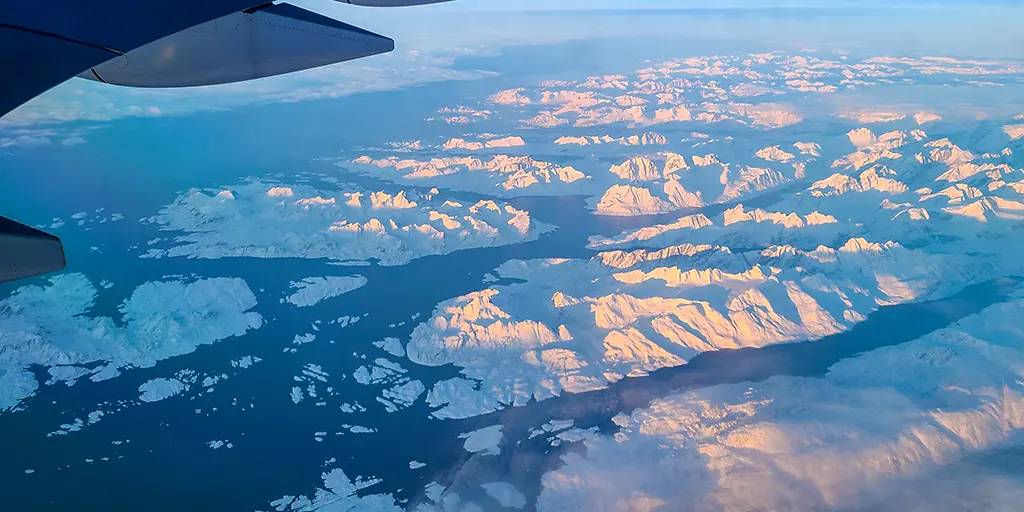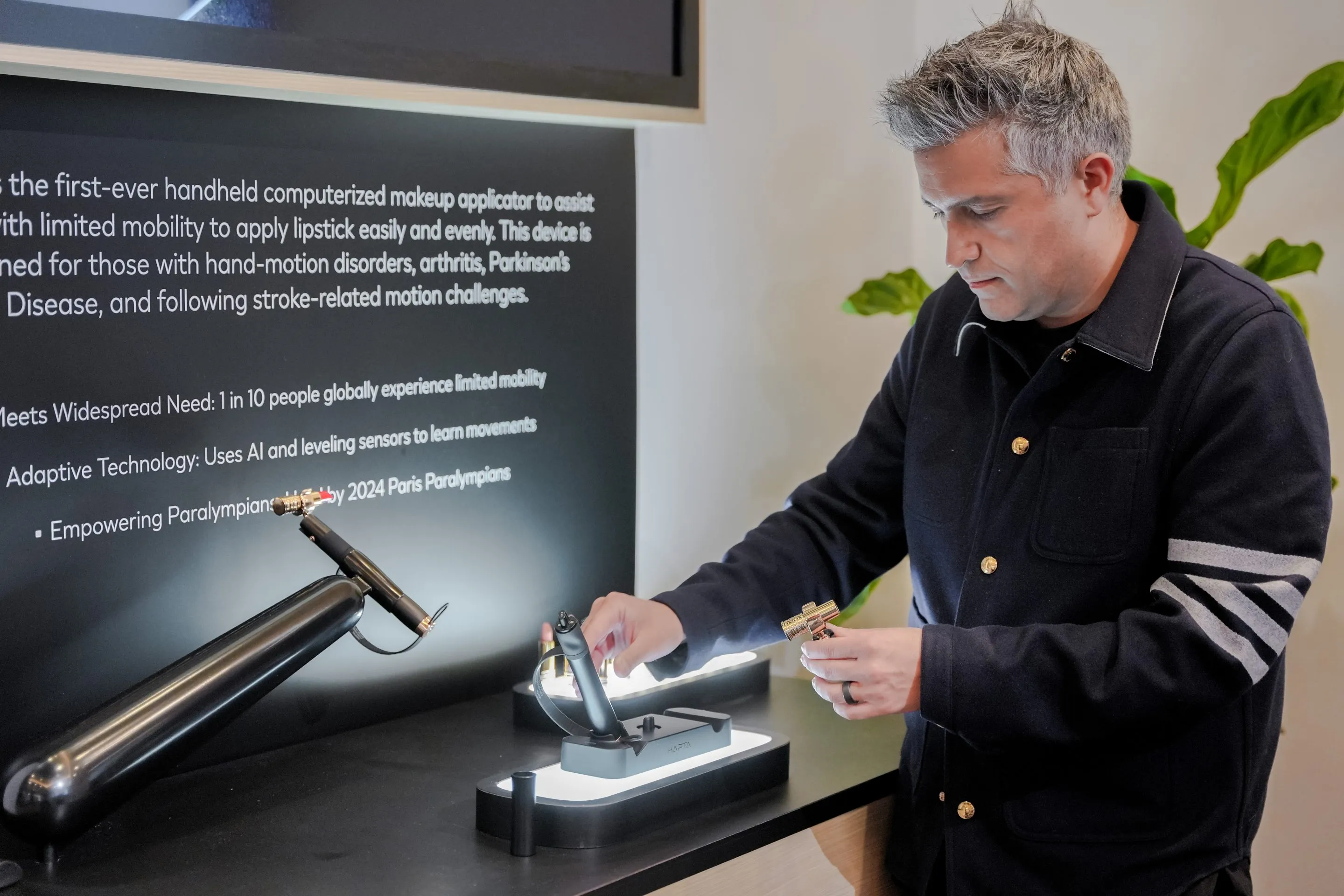
The guardians of “settled science” have found themselves in another awkward bind. A new study in Nature Communications has discovered that Greenland’s ice sheet has been quietly defying the rules written for it by climate modelers. Instead of every drop of meltwater rushing downhill to flood the coastlines, as we’ve been warned for decades, large portions soak into the porous bare ice, freeze again at night, and never reach the sea.
This is not a minor correction. It strikes at the heart of the projections used to frighten schoolchildren, reshape economies, and justify sweeping technocratic policies. For years, Greenland has been painted as the great tipping point. But according to the paper:
“There is substantial observational evidence that these models overestimate runoff from bare ice surfaces. In the ablation zone of Greenland’s melt-intensive southwest sector, proglacial and supraglacial river discharge measurements reveal up to 67% less annual meltwater release to surrounding oceans than climate model calculations.”
That is not a rounding error. That is climate models telling us to expect a biblical flood while the field instruments record a leaky garden hose.
The problem lies in the way bare ice was conceptualized. The authors explain:
“Climate models traditionally treat bare ice as an impervious, high-density substrate with no capacity to retain water. Accordingly, runoff produced on bare ice is instantly credited in its entirety to sea level, despite growing field reports of non-trivial meltwater retention on or within bare ice.”
Translated: modelers assumed Greenland’s exposed ice behaves like a granite countertop—whatever melts immediately runs off. But when field scientists actually drilled cores and measured densities, they found a “meltwater-saturated weathering crust” with a density of just 690 kg/m³. Far from being impermeable, the surface was riddled with pores that soaked up water like a sponge. That meltwater then froze solid again during cold polar nights.
The paper describes this nightly cycle:
“These subfreezing temperatures drive refreezing of subsurface liquid meltwater at rates approaching 1 mm h−1 between 02:00–04:00 local time, when the ice surface temperature drops as low as −6 °C.”
Photos in the study show thin sheets of frozen water blanketing the surface each morning, as though the glacier patched itself overnight.
When the researchers scaled their findings up, the results were staggering:
“From 2009 to 2018, meltwater refreezing in bare, porous glacier ice reduced runoff by an estimated 11–17 Gt a−1 in southwest Greenland alone, equivalent to 9–15% of this sector’s annual meltwater runoff simulated by climate models.”
Eleven to seventeen gigatons per year—vanishing from the models’ predicted “contribution to sea level rise” because the water never made it out of the ice. Once again, measurements show nature refuses to cooperate with the apocalypse narrative.
Déjà vu All Over Again
If this sounds familiar, it should. Climate science has a long history of confident predictions that later collapse under the weight of actual observation.
In 2007, prominent scientists announced the Arctic would be “ice-free by 2013.” Journalists at the Guardian and Independent ran breathless headlines about “the end of Arctic ice.” Yet by 2013, the Arctic still had millions of square kilometers of summer ice, and as of today—twelve years past the deadline—it still does.
In 1989, a senior UN official claimed that entire nations would be “wiped off the face of the Earth by rising sea levels if the global warming trend is not reversed by the year 2000.” By 2000, island nations like the Maldives and Tuvalu were still above water, still inhabited, and still building airports for tourists.
In the 1970s, leading journals speculated about a new ice age, warning that human activity might be tipping Earth into dangerous global cooling. Newsweek (1975) famously ran the headline “The Cooling World,” predicting agricultural collapse and mass starvation. Four decades later, the narrative had pivoted 180 degrees to planetary overheating.
The pattern is always the same: bold certainty, dire predictions, and then a quiet walk-back when reality refuses to obey. Yet the policy prescriptions never shrink—only expand.
Greenland as the Latest Case Study in Model Hubris
The Greenland paper provides another textbook example. The authors admit their own models consistently overpredicted runoff:
“By the end of the 6–13 July 2016 field experiment, climate model runoff ranges from 7% lower (MERRA−2) to 58% higher (RACMO2.3p3) than observations, similar to +21–58% we previously reported for 2015.”
Think about that. A “state-of-the-art” regional climate model was 58% off. No engineer would accept a bridge design model that missed by 58%. No accountant would tolerate a budget model that overshot by 58%. But in climate science, this level of error is routinely called “robust.”
The authors go further:
“Considering all runoff observations across six independent sites, IceModel forced with MODIS albedo exhibits the lowest mean bias (−2% ± 18%), while climate models predict +9% ± 46% to +47% ± 32% higher runoff than observations.”
That means across multiple sites, climate models exaggerated runoff by up to nearly 50%. The only time a model got close to reality was when compensating errors canceled each other out—like two wrongs accidentally making a right.
Yet Still, the Ritual Defense
Despite presenting clear evidence of systematic exaggeration, the paper ends with the usual incantation:
“Climate models are essential tools for estimating Greenland’s meltwater runoff, and the only tool for predicting future ice sheet runoff.”
Here we see the religion of modeling laid bare. Models may be consistently wrong, but they are still deemed “the only tool.” Data are not sovereign; models are. Reality must be adjusted to serve the oracle, not the other way around.
This is why the same institutions that declared the Arctic ice-free by 2013 can still hold conferences in 2025 without blushing. The oracle is never discarded. It is only “updated.”
The Real Lesson
The study itself is an impressive piece of field science. The authors lugged Doppler instruments across glaciers, drilled cores, hammered bamboo stakes into ice, and collected thousands of hours of data. Their findings are solid: Greenland’s bare ice retains and refreezes meltwater, reducing actual runoff to the ocean by 9–15% compared to what models predict.
But the larger lesson is not about Greenland at all. It is about the fragility of the model-driven climate narrative. How many policies have already been justified on the basis of overestimated Greenland runoff? How many speeches, regulations, and taxpayer-funded initiatives leaned on figures now shown to be inflated by 58%?
When the ice sheet itself proves the models wrong, perhaps the responsible course is not to double down on the models but to rethink their authority. Skepticism—the active suspension of judgment until evidence is sufficient—would demand it.
History’s Warning
History offers a sobering reminder of what happens when technocrats insist they can predict and manage complex systems. In the 1970s, U.S. government experts assured the public that energy demand would rise so fast that America would face permanent shortages by the 1990s. They invested billions in synthetic fuels and other boondoggles that collapsed when oil prices fell. In agriculture, central planners in the Soviet Union, armed with “scientific” yield models, imposed planting schemes that produced chronic famine.
The common thread is hubris. Complex systems—whether an economy, an ice sheet, or a climate—resist neat equations. Pretending otherwise is not science; it is an act of control.
Greenland’s Quiet Rebellion
So Greenland has spoken, and its message is simple: the models were wrong. Meltwater refreezes. Runoff is less than claimed. Sea-level rise is not accelerating in the way the prophets declared.
Yet the same prophets will likely turn this discovery into another layer of complexity in their models, another variable to tweak, another line of code to justify their indispensability. Because in their eyes, models are never abandoned—only worshiped more deeply.
The rest of us, meanwhile, can take a different lesson: skepticism is not denial. It is prudence. When the very glaciers defy the narrative, perhaps the crisis is not in the climate but in the institutions that insist it is settled.
Greenland has shown itself sturdier than the models. The question is whether our politics, our press, and our public discourse are strong enough to admit it.



